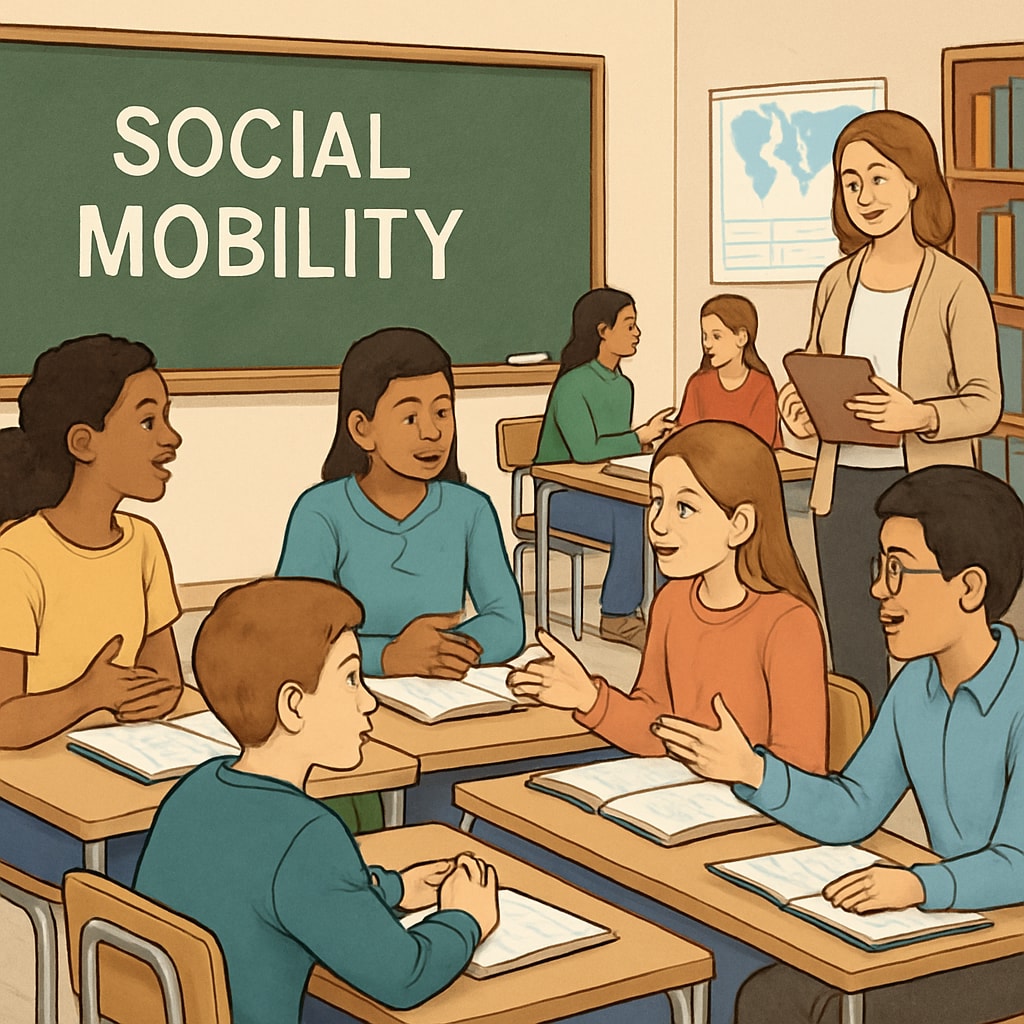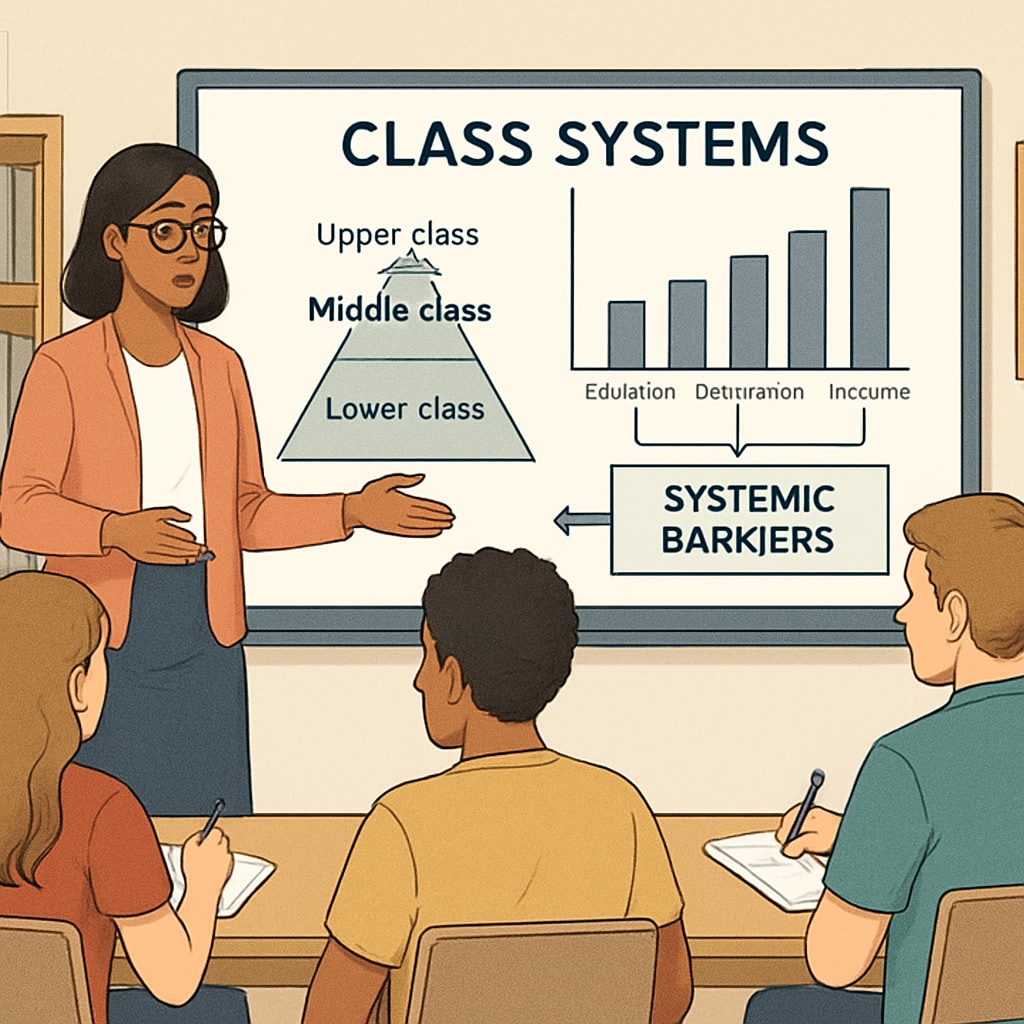K12 social studies curricula often address foundational topics like government, culture, and economics. However, when it comes to explaining class systems and social mobility, these courses risk oversimplification, leading to a distorted understanding of societal structures. By presenting a narrative that overemphasizes individual agency while downplaying systemic barriers, students may develop unrealistic expectations about their ability to navigate class mobility. This article explores the challenges inherent in teaching about class systems and calls for a more nuanced, critical approach to social studies education.
How Oversimplification Misguides Students
Social studies courses frequently attempt to simplify complex ideas to make them accessible to younger audiences. While this approach has merits, it can also result in a flawed portrayal of societal structures, such as class systems. For example, many textbooks portray the “American Dream” as universally attainable, emphasizing hard work and personal responsibility while neglecting structural factors like systemic inequality, discrimination, and generational poverty. This oversimplification can leave students with a skewed understanding of how class mobility actually works in society.

Moreover, the lack of diverse perspectives within social studies content exacerbates this issue. For instance, minority voices and experiences are often underrepresented, which prevents students from grasping the full spectrum of challenges and opportunities related to class mobility. As a result, students may internalize a one-dimensional view of success that fails to account for societal complexities.
Why Balanced Education Matters
Teaching about class systems requires educators to strike a delicate balance between accessibility and accuracy. To provide a truly comprehensive education, curricula must include discussions about systemic barriers, such as wage gaps, unequal access to education, and historical injustices. These topics not only enrich students’ understanding of societal structures but also encourage empathy and critical thinking.
A balanced approach also means presenting success stories alongside systemic critiques. Highlighting individuals who have overcome barriers can inspire students, but these narratives should be contextualized within broader societal trends. For example, discussions might include how policy changes, community support, or collective action contributed to such successes, rather than attributing them solely to individual effort.
Encouraging Critical Thinking in Social Studies
One way to address the shortcomings of current social studies curricula is to prioritize critical thinking skills. Instead of presenting simplified narratives, educators can encourage students to analyze and question the information they receive. For instance, students might compare different socioeconomic theories or evaluate the effectiveness of policies aimed at reducing inequality. Such activities not only deepen their understanding but also equip them with tools to navigate and interpret real-world challenges.

Interactive teaching methods, such as debates, case studies, and project-based learning, can further enhance students’ engagement with complex topics. These methods allow students to explore multiple perspectives and develop their own informed opinions, rather than passively absorbing information.
A Call for Curriculum Reform
To address the issues outlined above, educational policymakers and curriculum developers must reevaluate how social studies content is designed and delivered. This includes:
- Incorporating diverse voices and experiences into course materials
- Providing professional development for teachers on how to handle complex topics
- Ensuring that textbooks and resources offer a balanced view of class mobility
Reforms like these can help create a more equitable and accurate representation of class systems, better preparing students to understand and navigate the complexities of the world around them.
In conclusion, while K12 social studies curricula aim to educate students about societal structures, their oversimplification of class systems often leads to misconceptions about social mobility. By adopting a more balanced and critical approach, educators can empower students with the knowledge and skills they need to critically engage with the world, fostering a generation that is better equipped to address social challenges.
Readability guidance: Use short paragraphs and bulleted lists to summarize key points. Incorporate transitions to ensure smooth flow, and avoid excessive jargon to maintain accessibility.


